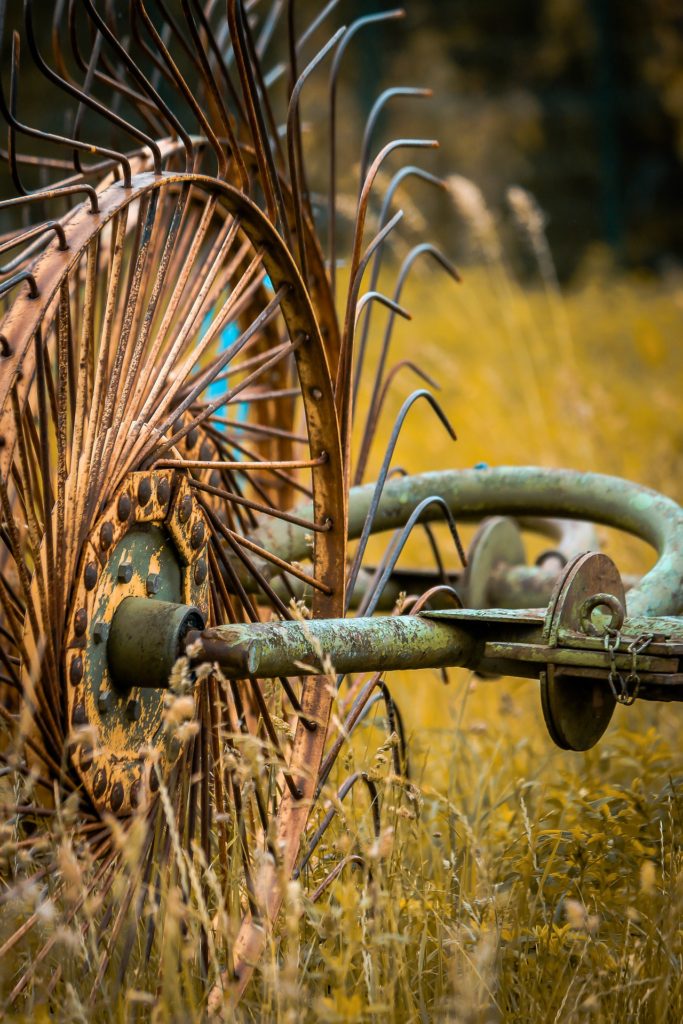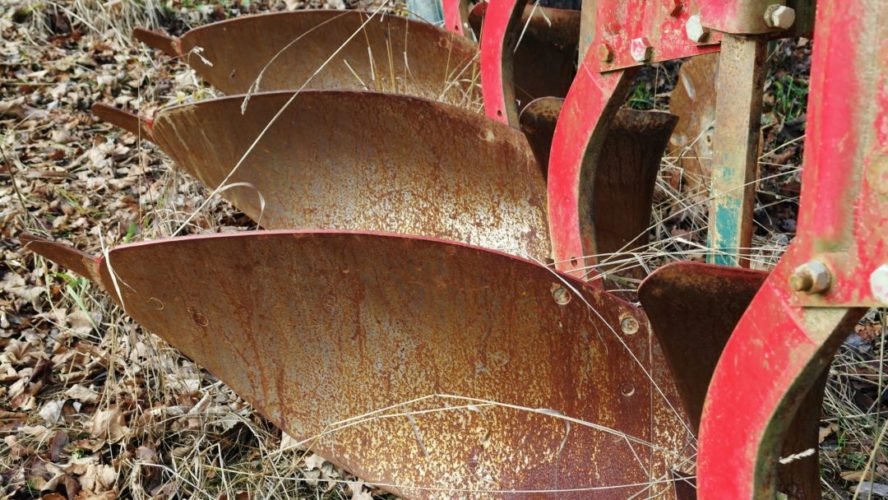Often, the amount of time that a smallholder uses his or her farm machinery is relatively limited, to in some cases only once or twice a year, so used implements are often more appropriate cost-wise, than buying new. But, a smallholder needs to know what to look for when wanting to buy second-hand implements.
Before venturing out on a buying mission, or to your local agricultural auction, decide on exactly what you need, considering your tractor, size of land, soil type and budget. Then find out the price of a new item suitable to your needs, which will give you a benchmark against which to measure the value of the second-hand equivalent. Also compare prices of previously-owned implements from different vendors.
Extensive search
Don’t be shy to see what is available in other parts of the country. Agricultural equipment dealers are often very willing to arrange transport of items to distant locations and the cost can often be offset by the fact that in many cases, items in remote places attract lower prices than those in main centres.
If you don’t consider yourself knowledgeable enough to perform an inspection, don’t hesitate to bring along someone who does.
If you are buying on auction be careful not to get carried away by the excitement of the bidding. Set yourself the price that you can afford and stick to it.
Thorough inspections
However you choose to buy second-hand implements, assess the implement in detail. Does it look as if it has been well maintained? If it has been repaired for any reason check the quality of the welding.
Are there any signs of wear, cracks, corrosion or obvious mechanical issues? Just because it has been freshly painted does not mean it has been well-maintained overall.
Are all the parts present and in working order? Are the two hitching pins in place, tight and not excessively worn?
Is there any perished rubber such as dust boots, seals and hoses?
Check the fluids, such as transmission fluid, coolant or hydraulic fluid. Low or dirty fluids could be a warning flag that the implement has not been maintained.
Moving parts
If the implement has moving parts pay special attention to the gearbox and bearings, as well as to the grease nipples on shafts etc. Worn gears might mean replacement of the gearbox, at a cost that may exceed the purchase price of the item. Missing grease nipples are a sign that the implement hasn’t been regularly serviced.

Also, make a note to check if the implement is supplied with a PTO shaft, what condition it is in, and whether this will be suitable for attachment to your tractor’s PTO. The important parts of a PTO are the two universal joints at either end and the two telescoping bits in the middle. Are they straight and snug together, and long enough for your purpose? (You can always cut a PTO shaft to fit if it’s too long, but if it’s too short you will need to buy a longer one.) Also, the first thing that disappears on a PTO shaft is the plastic safety cover.
Check the implement’s wearing parts. These include blades on slashers, fingers on wheel rakes, shares, discs and tines.
On mouldboard ploughs the toes on each share are important as these are the ultimate “wear-part”. On inspection before buying you may find these missing entirely on old neglected ploughs.
On disc implements, wear can also be an issue, but more important is the condition of the bearings attaching the disc to the implement. If they have collapsed the disc will flop about, and if seized the disc will only wear on its lower half, becoming oval in time.
Think about the availability of spare parts. You might need to pay more for a well-established brand, rather than risk buying an implement from an obscure importer who might not be around in a few years’ time.
This is part four in a six-part series on Cultivation. For more, click here.

